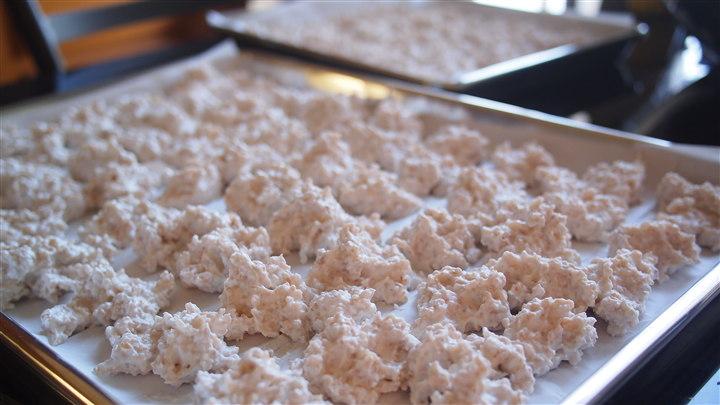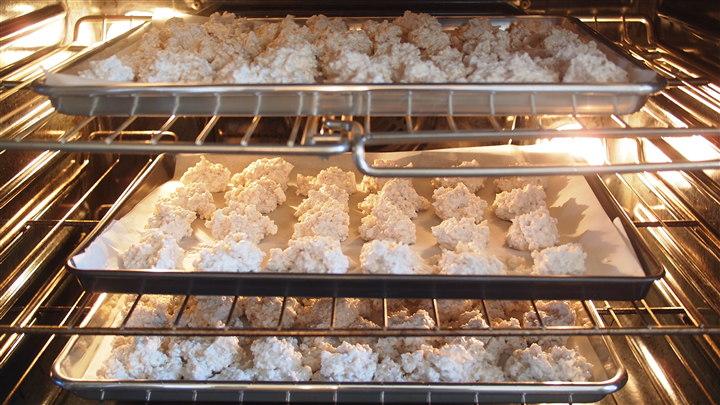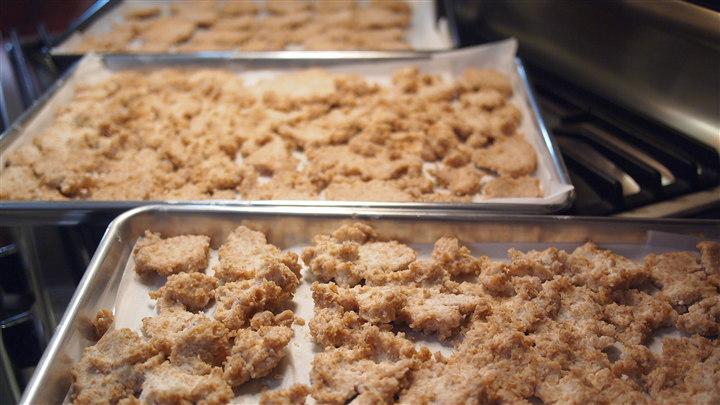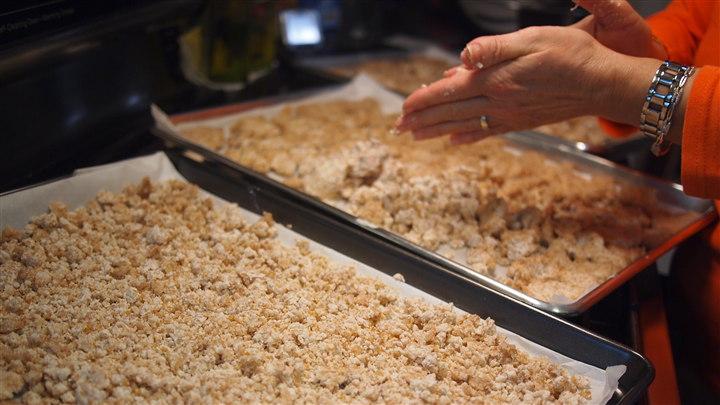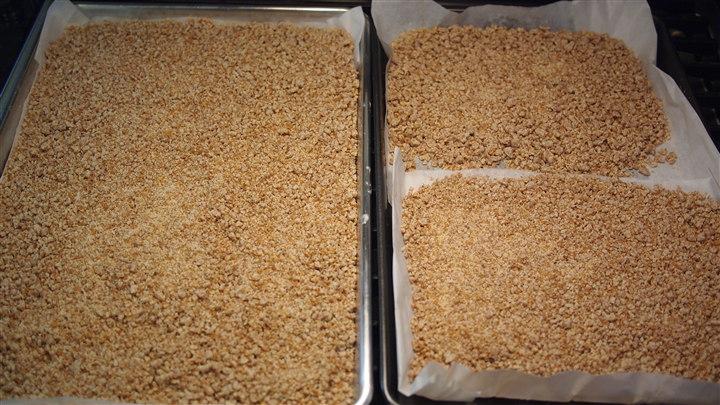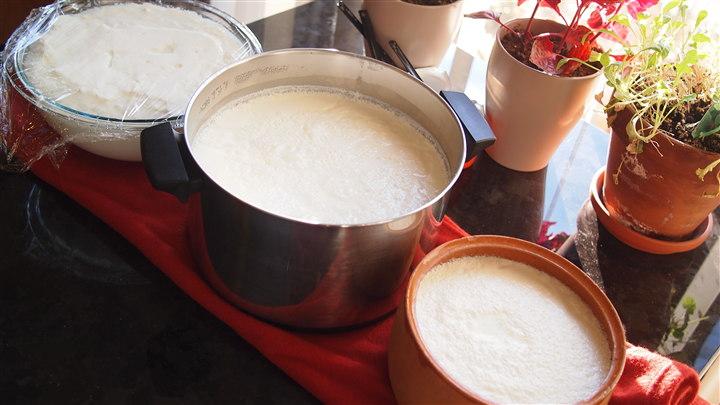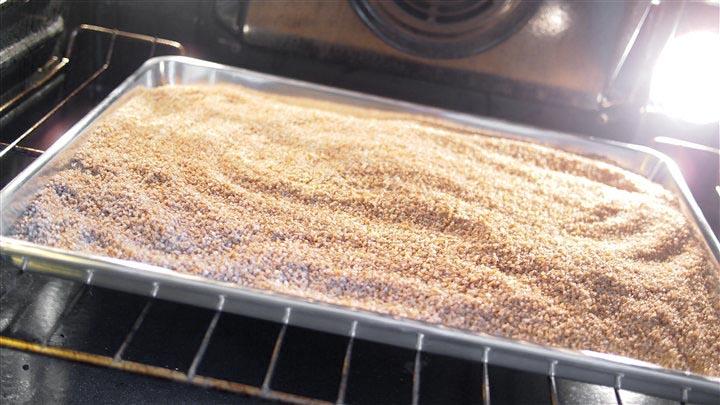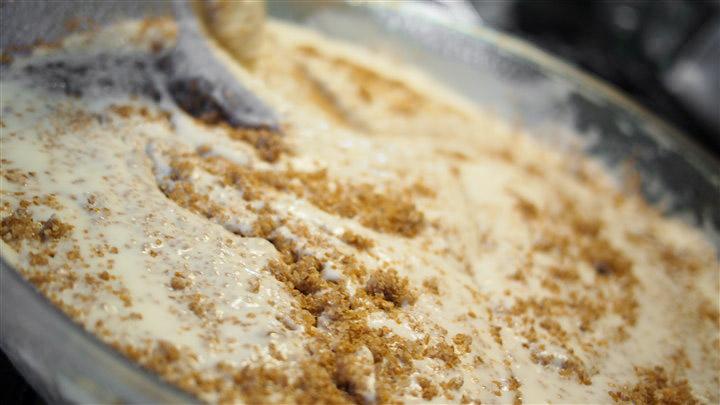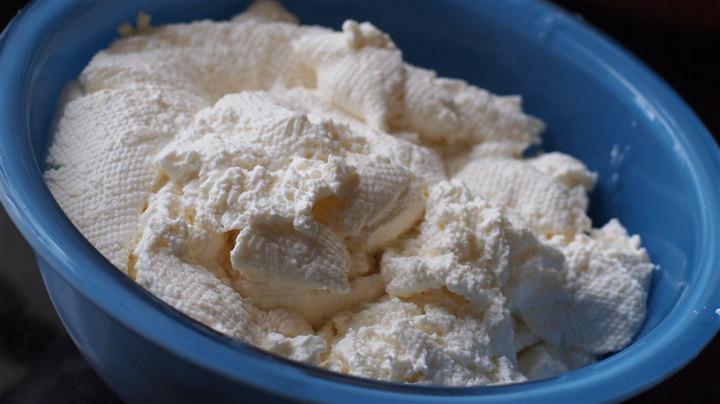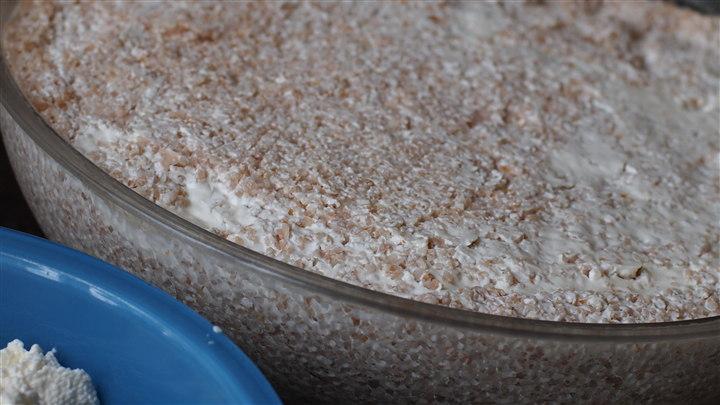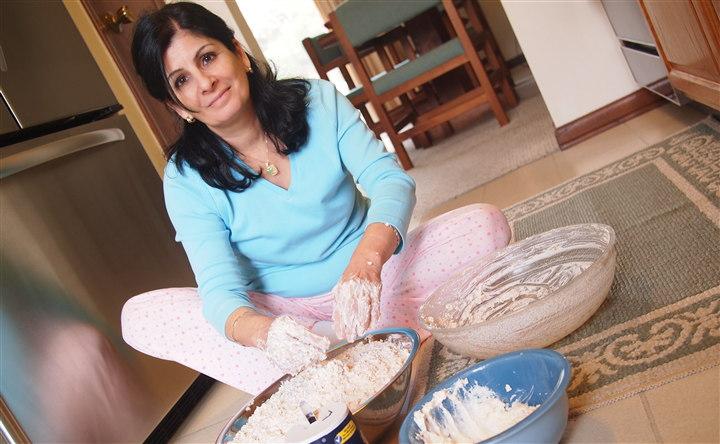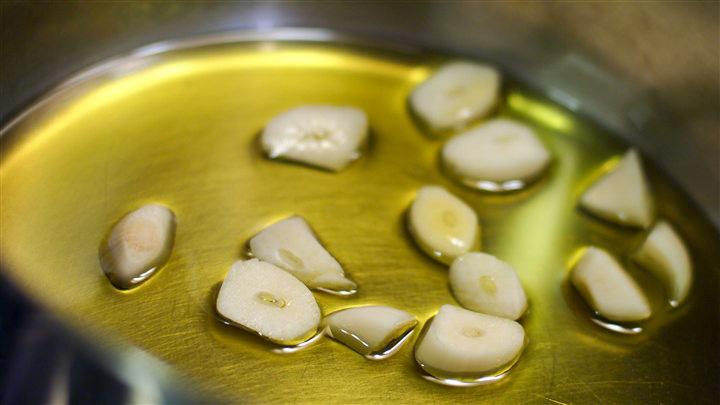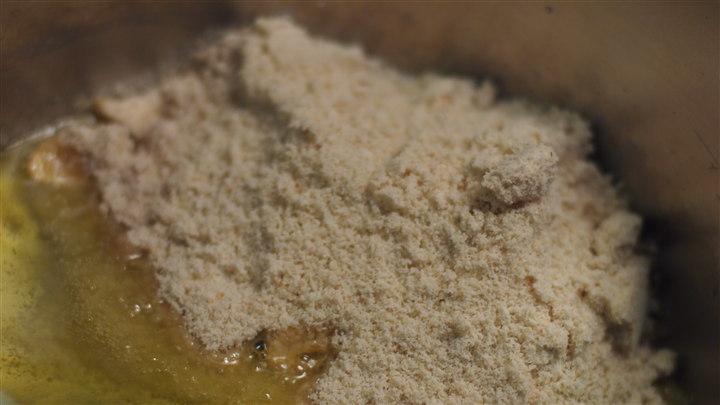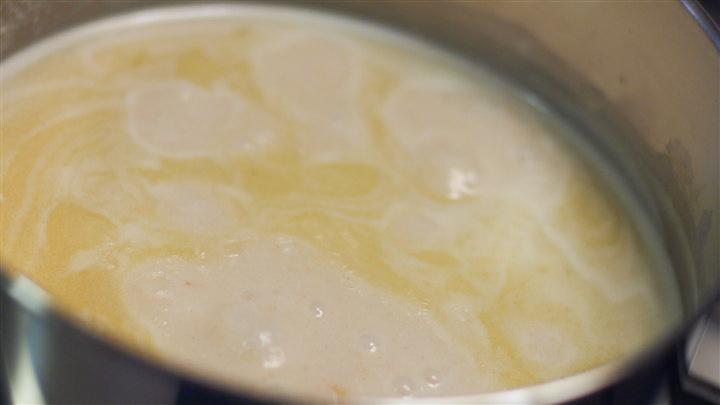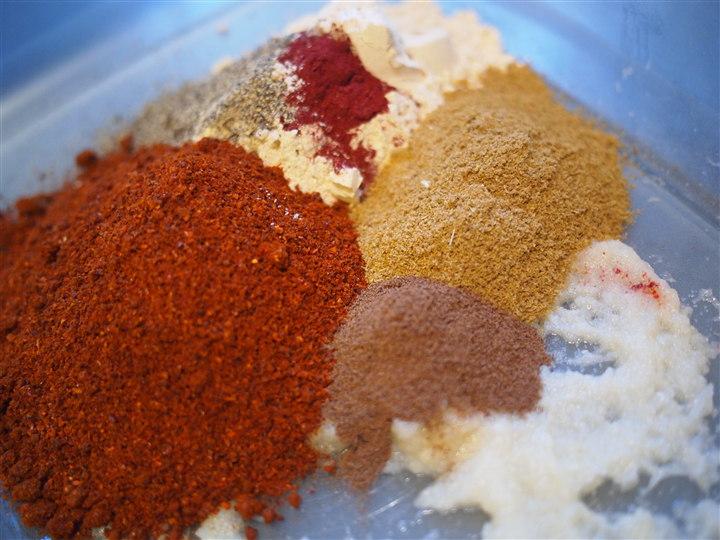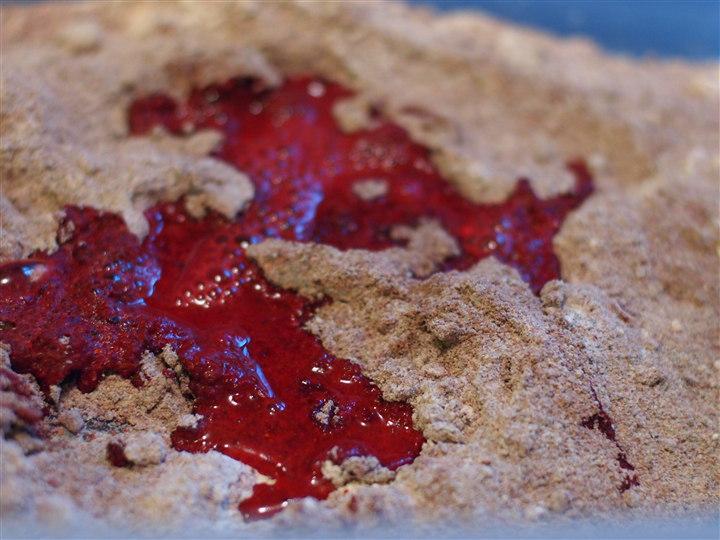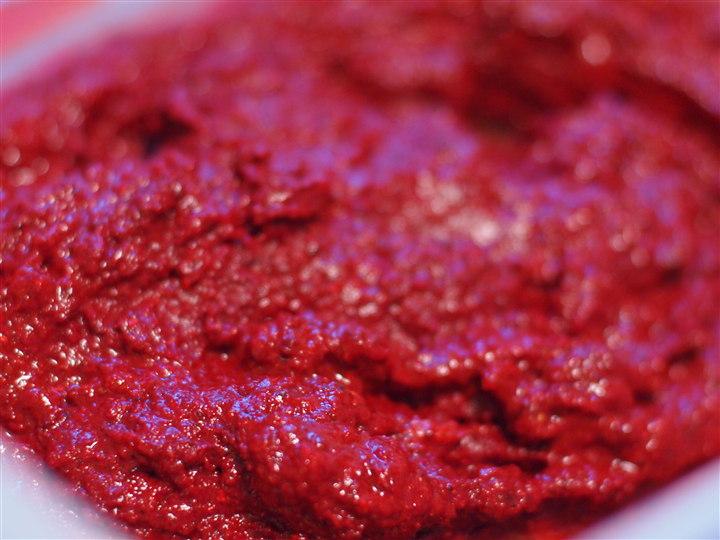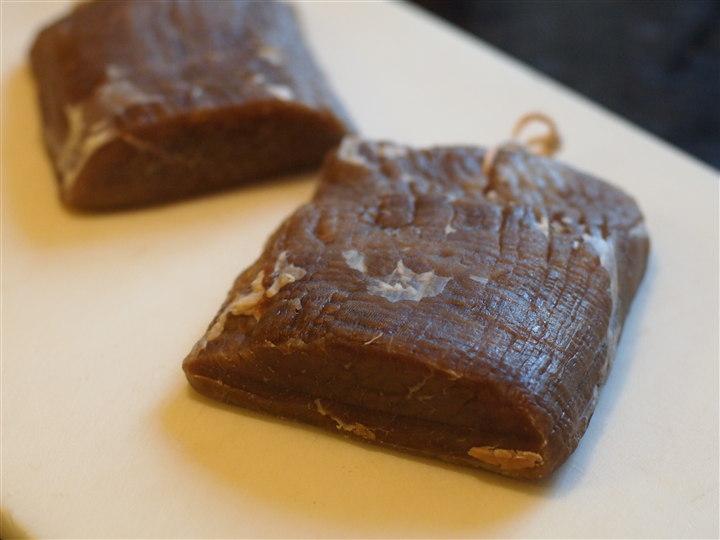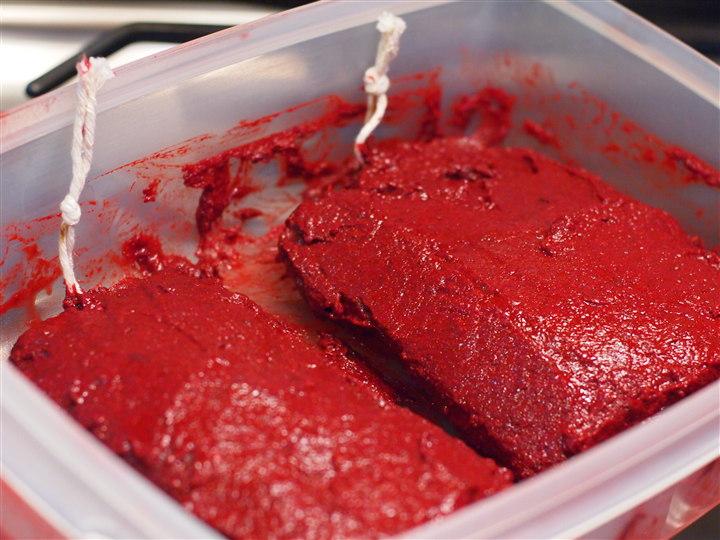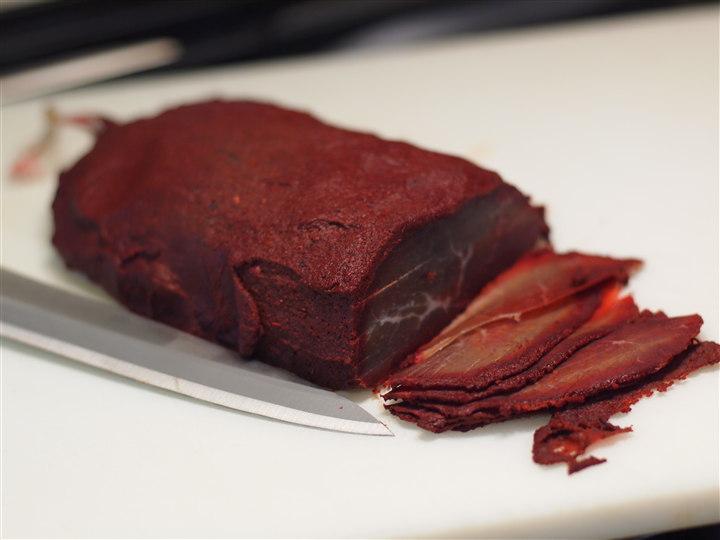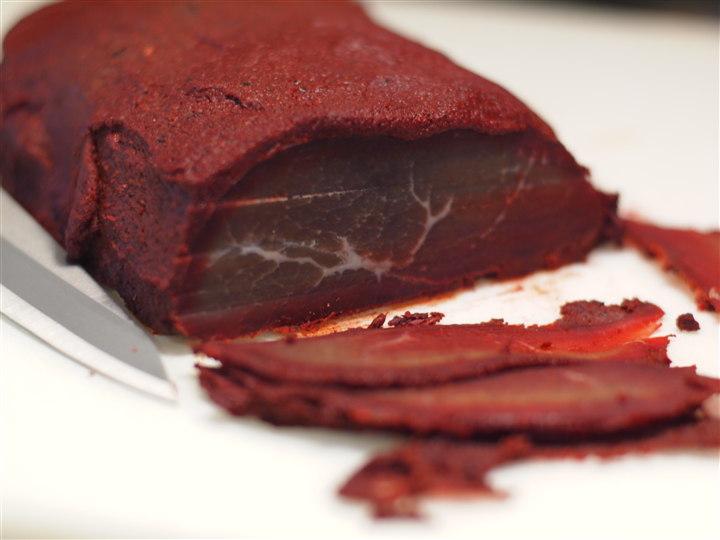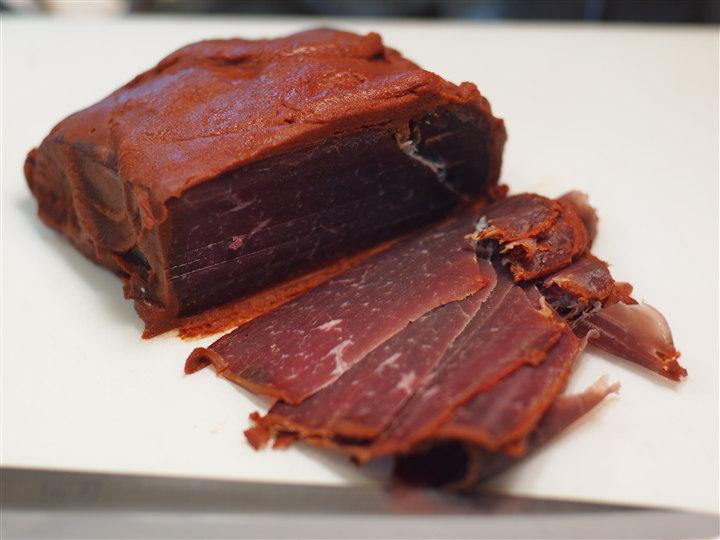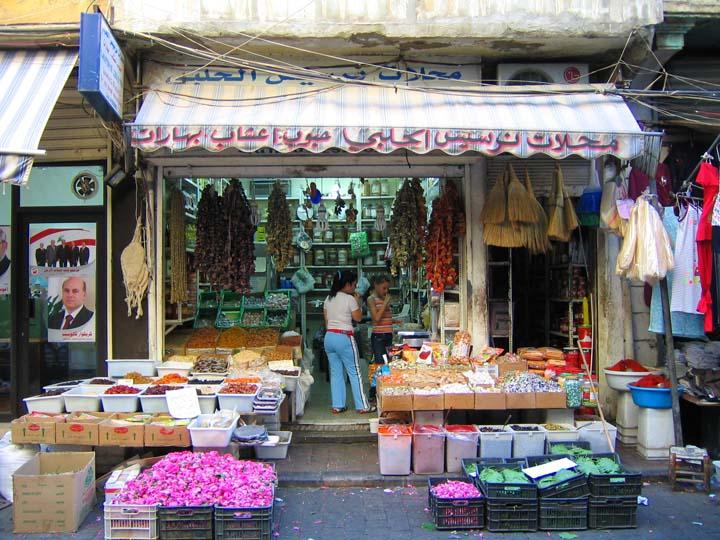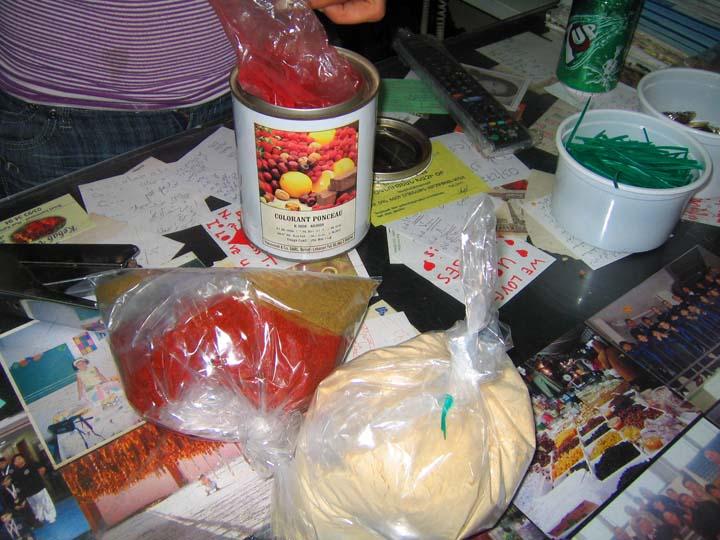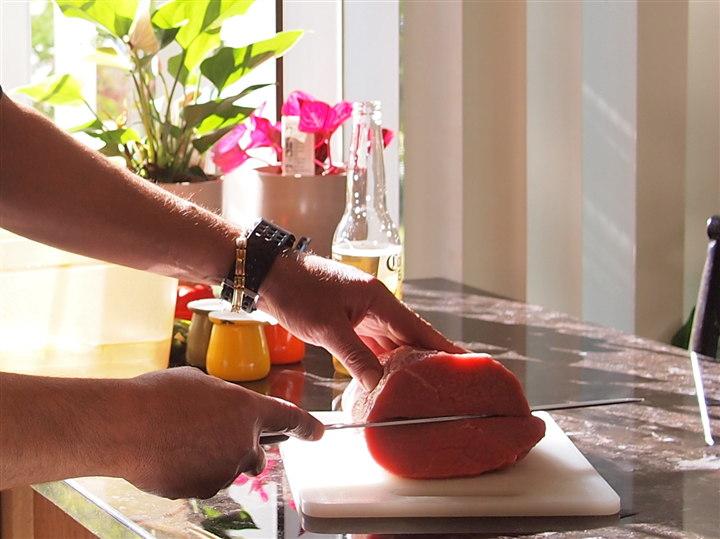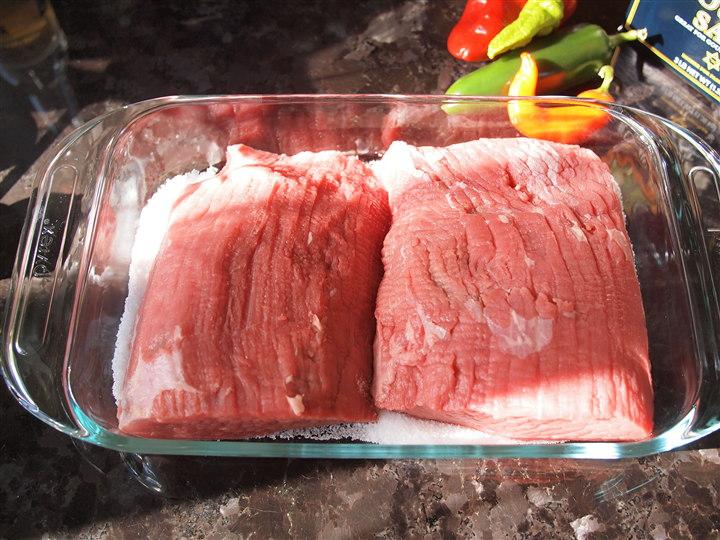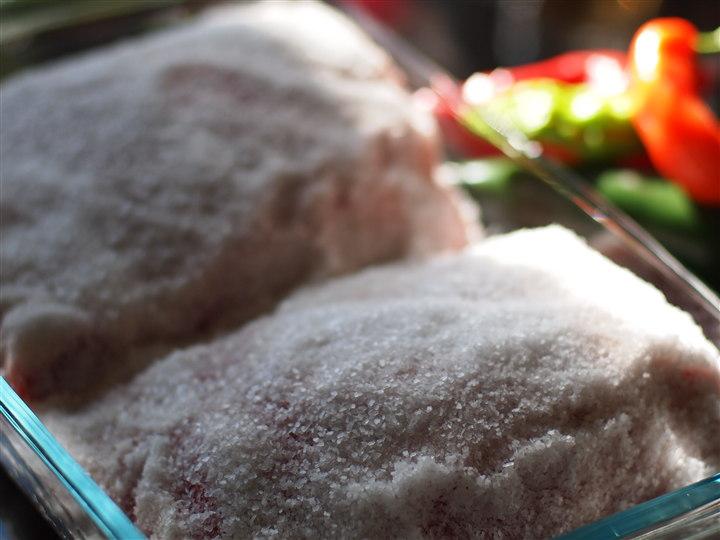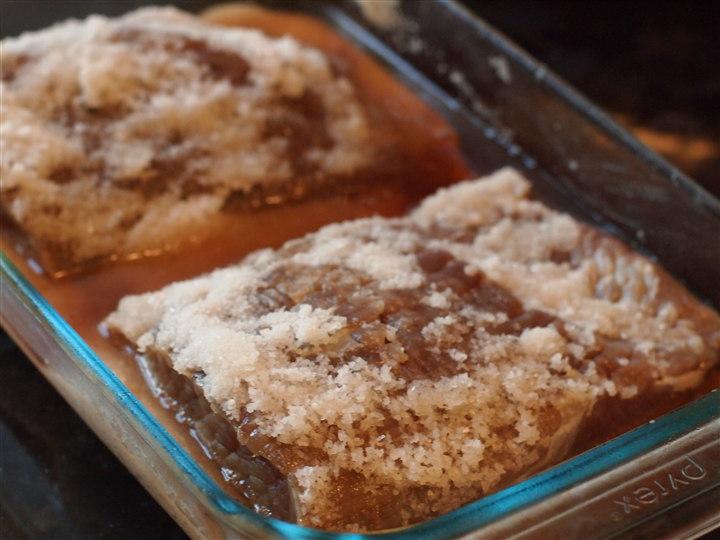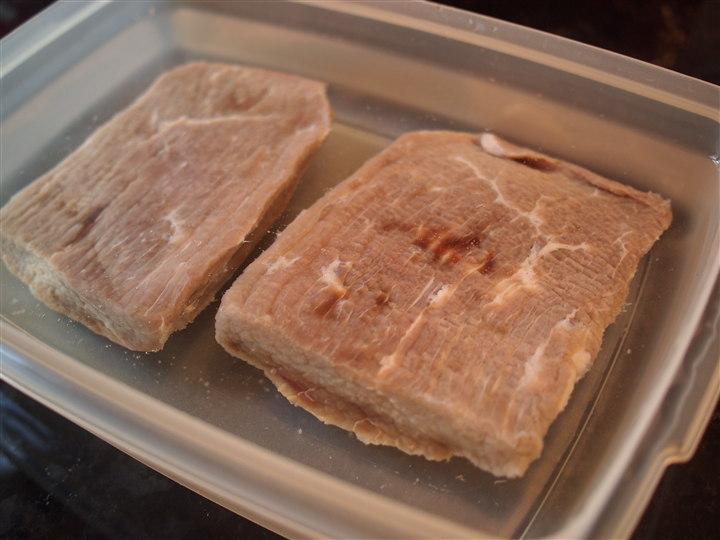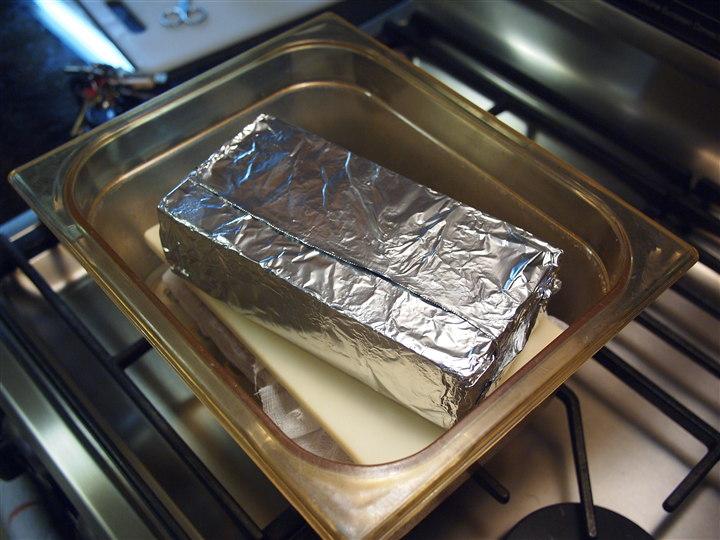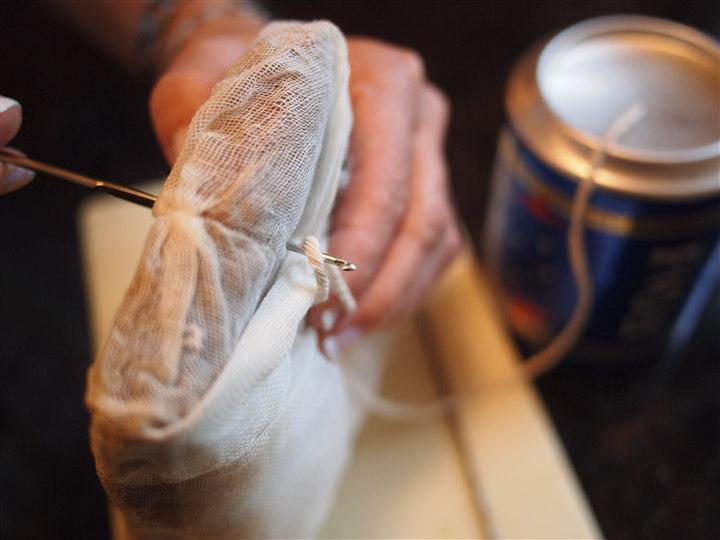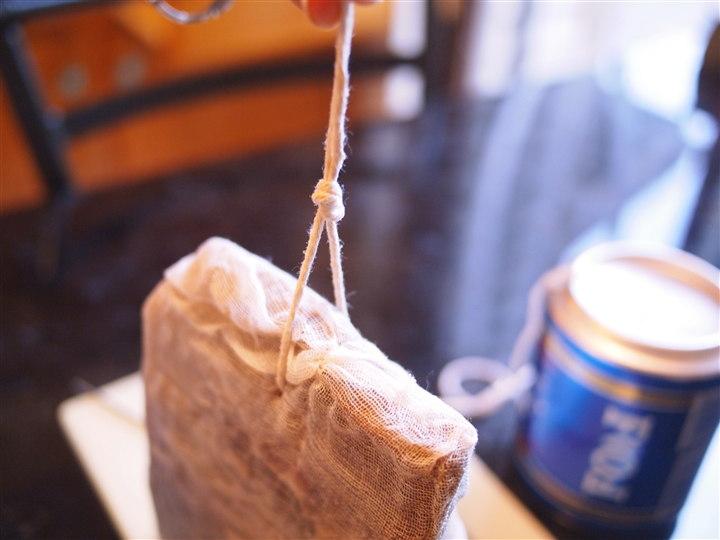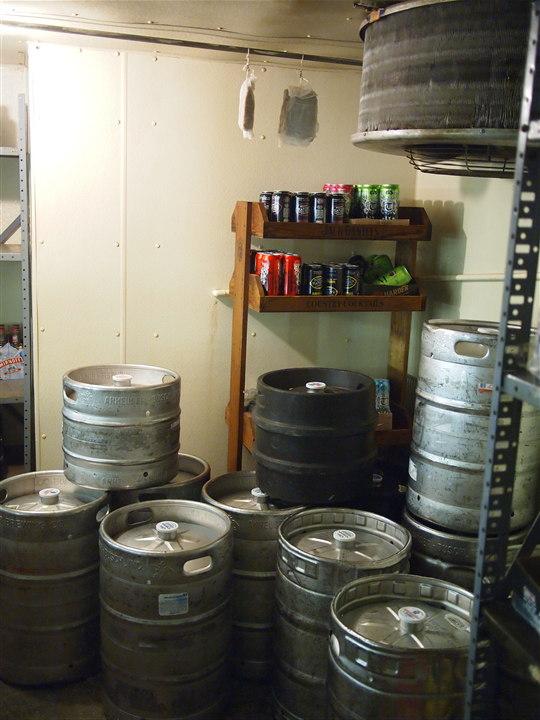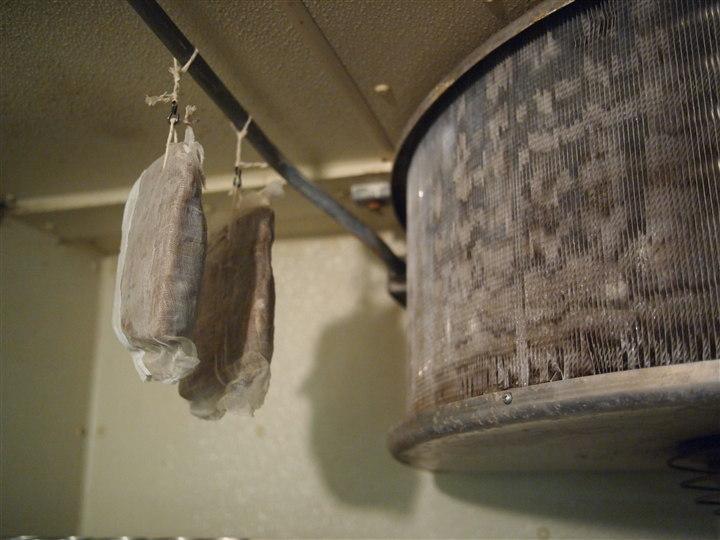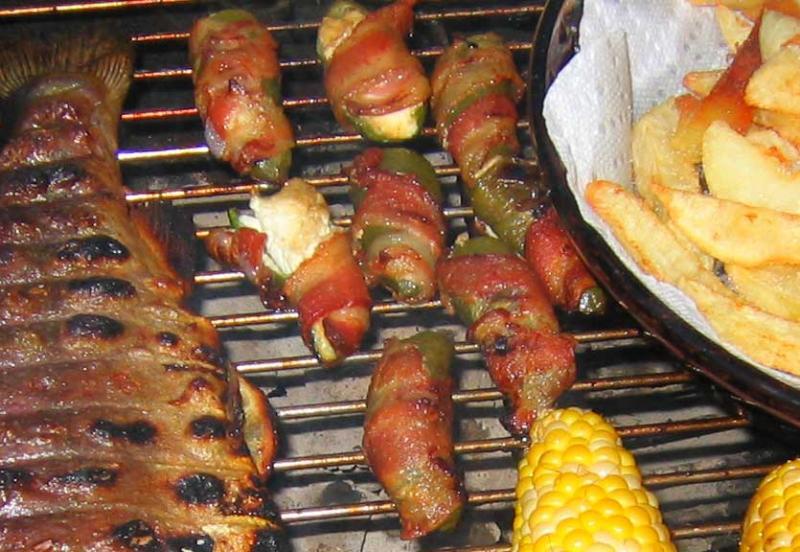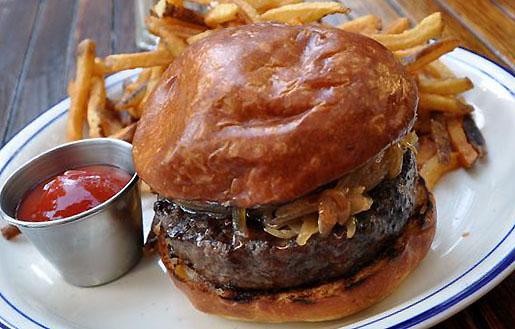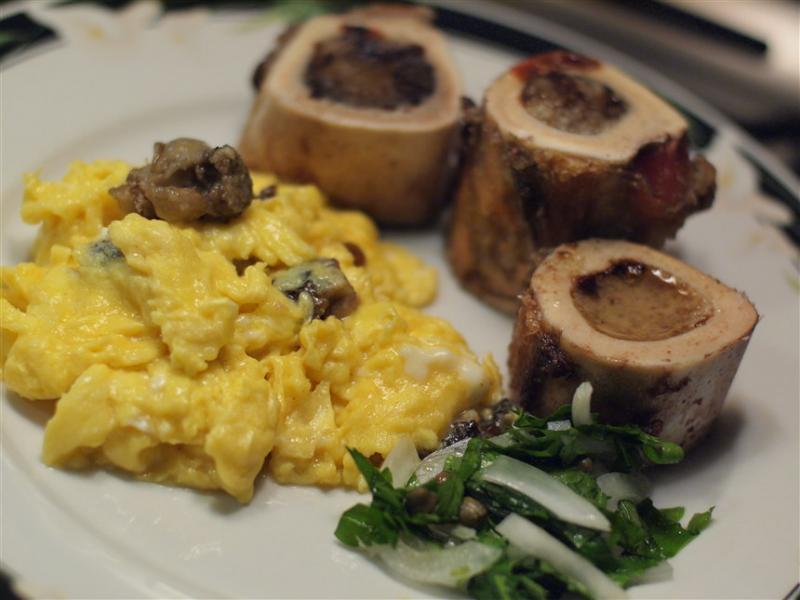-
Posts
717 -
Joined
-
Last visited
Content Type
Profiles
Forums
Store
Help Articles
Everything posted by ChefCrash
-
Patrick I really resembled this emoticon when it was time to mill:) But really, if you have any questions please ask. I have a hard time conveying my thoughts in words. I don't mind trying again. Sylvia Fortunately, the best Kishk (among other staples), is still made by grandmothers. Unfortunately, they are few and won't be around for ever and I don't see the younger generations carrying on the art. Good to hear from you Verjuice Where have you had Kishk? I know you've lived in and traveled to more Mid Eastern countries than I have. Can you get good Kishk in the High Dessert? That's exactly why we do this, not only for you but for us too:) Also, according to someone who worked at a Mid Eastern food store, the ingredients on a bag of Tarhana included fish roe. I have searched the web and haven't been able to confirm that. It does look like a lot of work. I think it might be easier for me to just pack up all my stuff and move in next door to you. There goes the neighborhood. Wouldn't be easier if I shipped you some. Thanks for the link I hadn't seen that one. I love Aramco World. If you get a chance, Google Eric Hansen's article, "Of Yogurt and Yoruks" in the july/august 2008 issue of aramco world mag.
-
At this point had what is called "green kishk". It's good to eat like a spread, mixed with finely diced onions, some mint (fresh or dried) and a drizzle of good olive oil. The next step is to dehydrate the Kish. Traditionally, the Kishk is formed into golf sized balls and laid out on blankets placed on rooftops 10 to 12 hours a day in the sun for about a week. In the evening it's gathered and brought inside til the next day. As the Kishk dries, it has to be rubbed by hand to expose the wet insides. A very tedious chore. We're taking about several squared yards of Kishk. In our case we used our oven in dehydrate mode set at 115*F. We laid out blobs of Kishk on 3 sheet pans lined with parchment. I was now a little depressed, we were only able to fit half of the kishk on the three pans. No ploblem. The pans were placed in the oven Wednesday (day before thanksgiving) at 2pm. The next day at 7pm, the outside was fairly dry and the color of Bulgar was showing through. My wife pressed the blobs into patties to make them thinner. They went back in the oven. Friday night the Kishk was dry enough to be rubbed together to brake up the individual blobs. We noticed that Kishk on the black non-stick pan was drying faster than the other two. So we moved the kish from the black tray into the other pans and placed what was left of the green kishk in it. Today, Saturday 26th, even if the EXIF data on my photo says the 27th. I just noticed that. The dates on all my photos are off by a day. I thought I was going crazy. Anyhow the kishk has been drying for a little over 74 hours. I think tomorrow it'll be ready for milling. To be continued...
-
If your MIL always talked about it, it must be good:) But most of the things she talked about she made -- she was an excellent cook in her day. But the trahana was only talked about, never made, so I wondered if it were one of those childhood memories that are best left in memory. Apparently folks here really like it. Or maybe ME kishk is better than Greek-style? The reason your MIL never made Trahana will become clear in the next 2 and last steps of making Kish. Hi Patrick, the bulgar we mixed with yogurt was simply cracked cooked wheat the way it comes from the store. After the Kish is dried it will be milled to the consistency of corn meal. So we're not yet at that stage.
-
Continuing on... The yogurt was made the way we always make it. Heated 2 gallons of whole milk to 115*F and added about a cup of previously made yogurt. Mixed it all then poured it into 3 smaller containers, covered and wrapped all with a blanket. This is what they looked like the next day. Kishk has a sharp, pungent, blue-cheesy, funky, not much unlike "Shankleesh" aroma and flavor, that you're not going to get by simply mixing yogurt and bulgar. To get that profile, the recipe calls for leaving the yogurt at room temperature for a few days to develop a tangier (more sour) flavor. We took a sample and placed it in the fridge. The sample would later be used to compare with the stuff left at room temperature to gauge sourness. Sure enough by the fifth day the yogurt was much tangier than the refrigerated sample. But we still didn't know how sour it was supposed to get. After all it is fall and cool here Mid Michigan. Sure our kitchen is at 72*F but it feels cold, and our folks used to and still make this stuff in August and September where daytime temps. easily reach 90*F. Luckily, we didn't have to wonder much longer. On the sixth day one of the containers developed a tiny speck of what looked like mold on the surface of the yogurt:) Mold removed, it was time to do some combining. For the 2 gallons of yogurt we used 1 kilo of Bulgar 1/2 coarse and 1/2 fine. No reason, that's what we had. The grains were spread on to a sheet pan and place in a 200*F oven a few minutes to rid them of any moisture. While warm, the grains were combined with half the yogurt and mixed well. The container was covered with a blanket and left out. The rest of the yogurt was strained in a strainer lined with paper towel as you would make Labneh. But we didn't strain it too long. It needed to be a little soft, because over the next two days it would have to be incorporated into the yogurt bulgar mixture. The next day: The Labneh (strained yogurt) was ready And this is what our mixture looked like. It had grown in volume and became stiff, the result of grains absorbing liquid. It was warm, the sign of fermentation. Now it was time to incorporate half the Labneh into the mixture. That's done by grabbing a large handful of mixture in one hand, adding a smaller handful of Labneh with the other hand, mixing them together and placing that in a clean bowl until all was incorporated. A tedious job my wife chose to do on the floor to save her arms. During this procedure we added 4 tsp of table salt to taste. It needed more but I was afraid too much salt at this point would slow down or stop the fermentation. The bowl was covered with a blanket. The next day the rest of the Labneh was incorporated and 2 more tsp of salt were added. To be continued...
-
If your MIL always talked about it, it must be good:)
-
I tried two commercial brands. One was Albanian and the other was Lebanese. They both came in glass jars. One used evaporated milk, the other dried milk. Both were too powdery. Neither smelled or tasted like the one I'm used to. If you find a store that sells it in bulk, then buy a small amount and try it. If you have middle Eastern friends, ask them where they buy theirs. Bulgar coarseness is not critical. My mother tells me that after sifting the cracked cooked wheat into the different gauges, the leftover larger irregular grade was used for Kishk, since it was going to be milled anyway. Milling is going to be part of the process. I'm either going to use my food processor, or buy the milling attachment for my Kitchen Aid.
-
The quote is by Verjuice describing this dish in an unrelated topic. It really sums up all that I could come up with to describe the Mediterranean/Eastern European staple. Searching these boards, I found no discussion of this quintessential peasant food. Really. On eGullet? Kishk Masquerading as haute cuisine Kishk in its intermediate form resembles white corn meal with a sharp, pungent aroma and looks like this While it can be prepared many ways, Kishk Soup, is the simplest and my favorite (will show others later). In a sauce pan, slowly blanch a bunch of garlic in olive oil for ten minutes until soft and slightly blond. Add a cup of Kishk and followed by about 2 cups of cold water Stir and simmer a few minutes until the garlic is soft and your preferred consistency is reached. Water to Kishk ratio is not critical. If its too runny, add More Kish or simmer longer. It is usually served with toasted Pita chips on top, and assorted vegetables on the side. I like potato chips instead. Now, before you rush to buy Kish at your favorite Middle Eastern store, let me say, DON'T. All the commercial stuff (that I've tried) is really bad. We usually bring our own or have it sent to us from Lebanon. This time we're going to make some. Main (only) ingredients: Yogurt Burghoul (Bulgar) We start by making the yogurt, 2 gallons. To be continued...
-
Hi Nikki, I truly enjoyed your food adventures in Lebanon and Syria, and am looking forward to this blog. I must admit I'm not one of the bright ones, all along I thought it was Nick. I have to adjust:)
-
Takes ordinary people years to achieve A@# hole-ness, it/he/she, did it at the tender age of 22!
-
Oh man, you liked this coffee enough to want to make it? I made the mistake of ordering "Arabic coffee" in a restaurant thinking I was going to get Turkish. It was awful. I can't say it's strong, just burnt and acetic. My wife and I don't recall this being around in Lebanon 20 or 30 years ago. I think it came about with the large influx of Syrian workers during and after the civil war. An easier way to make it would be to take yesterday's American coffee and boil it for an hour, then leave it on a hot plate for another:) Edit to add smiley faces.
-
Thanks guys The can reads "Colorant Ponceau. I had to google it my self. I read the wiki description. Basically is a red food coloring used in industrial foods preparation.
-
After hanging this is what they looked like. Very firm. Chemen, I think, literally means Fenugreek in Armenian, but has become the word to describe basturma's coating which contains other things. The recipe for Chemen: 6 T Fenugreek 1/2 C Paprika 2 tsp salt 1 1/2 tsp Black pepper 2 T cumin 1 1/2 tsp Allspice 6 Cloves garlic 1 tsp boya (arabic for paint:) Enough water to form a paste. Not surprisingly similar to many on the web. I really wasn't concerned about the chemen since I can taste and adjust. It's the curing method that seems to be different from one recipe to the next. Used a microplane on the garlic. After mixing the dry engredients the mixture didn't have the deep red color I thought it would have. I almost added more red paint. I'm so glad I didn't. As soon you start to add water this is what happens Wow! I was told to use gloves for this part, but what do they know. My hands were red for a week. Those hung from September 19 til October 22 This is one of the slabs, the other will continue to hang until I need it. The basturma looks right and taste great. A tad too salty. One reason why internet recipes turned me off is that they all have different salting/soaking/hanging periods. Some say to cover with salt and others say to just rub the meat with as little as 2 T of salt. In my case, if I ever do this again, I'd salt for the same period ( the meat has to cure right?), and soak for a longer period or perhaps change the water once or twice. I'm happy with the cut of meat I chose, it's identical in texture to the store bought one pictured in the previous post. I really don't think the commercial stuff is made of fillets or ribeyes as they claim. After all the processing the stuff sell for about $9 usd/lb. So if you live some where basturma, UPS, USPS, Fedex or DHL do not exist, and you really have a hankering for some, or if you're just like me, then try this.
-
An Armenian, Turkish, Russian cured cut of meat. Usually made from beef, it's cured, dried and coated with a highly spiced mixture called Chemen. This is a piece I bought at Bedo's in Burj Hammoud (a neighborhood with a large Armenian community). While in Beirut this past summer, I got a basturma recipe straight from an Armenian grandmother. I was even told where to buy the ingredients in Burj Hammoud. The stuff in the can is a red food coloring. While most recipes call for the fillet, I decided to go with an eye of round. This was about 4lbs and I sliced it in half to end up with 2 thinner pieces. I laid the pieces on a bed of kosher salt and covered them with more. I placed them in the fridge for 4 days. The pan was drained every day, I'd say the meat lost about 3 pints of liquid. This is what they look like on the last day. As per the instructions, the meat was rinsed and soaked in water for 1 hour. The slabs were dried and wrapped with cheese cloth and pressed between two cutting boards in the fridge for 2 days. To my surprise there was no liquid released after the pressing. In fact the cheese cloth was barely damp. The meat was pretty firm. I had skipped the step in which I was supposed to insert a twine through the narrow (thin) end of the meat to hang them with. Here my wife had a clever idea. She used a crochet needle to poke through and retrieve the twine. I wasn't about to hang these outside so I took them to work and hung them in a keg cooler. Directly in the air flow from the evaporator. They hung for 15 days. Next: Making the Chemen and coating the meat.
-
Uhmm..I'm not asking anyone to do the macarena here. The distance doesn't even have to be 5" (I pulled that number out of my....), I just tried again at my counter top. Holding my left elbow a mere 2" away from my waist, pulls my thumb back behind my forefingers:) Did you try it?
-
If you find that the thumb of the hand you use to feed food stuffs under your sharp knife may be in danger? Move elbow of same hand away from your body. Start by about 5" or so. Go from there. Go on.. Try it.
-

REPORT: 2011 Heartland Gathering (Cleveland, OH)
ChefCrash replied to a topic in The Heartland: Dining
Would you provide a link please:) -
My sister lives in Philly, two birds with one stone! Yes.
-
Fill with cheese, sprinkle with granulated garlic then wrap with half a piece of bacon. If you let bacon reach room temperature it can be stretched and would stick to it self as you wrap. Refrigerate for a while before smoking, you won't need to use toothpicks.
-
Hi Nancy Would you please post the dates? Thanks
-
Hi Holly, nice looking burger. I agree with all the responses above and want to add that you should experiment with tilting your camera in either direction (off horizon). A horizontal plate leaves a lot of empty space. It can be done in post:
-
I'm finding that the rub plays a big roll in keeping my spareribs moist. The only salt in my rub is from the celery salt. My rub: 1/2 c brown sugar 1/2 c onion powder 1/2 c paprika 2 T cumin 1 T celery salt 1 T black pepper
-
-
Today I picked up a 7 lb tray of wings (24 whole, Pilgrim's brand) at Sam's Club for $12.46 ($1.78/lb). But to answer your question, I fry legs and thighs in a tall disk bottomed pot, 10" in diameter filled with 2" of Mazola, gas stove set to high, oil pre-heated to 395*F, 6 pieces at a time for 18 to 19 minutes. After each batch I reheat the oil to 390*F. If your stove is electric it may run hotter. Edit to say: Make sure chicken pieces are dry before placing in oil:)


